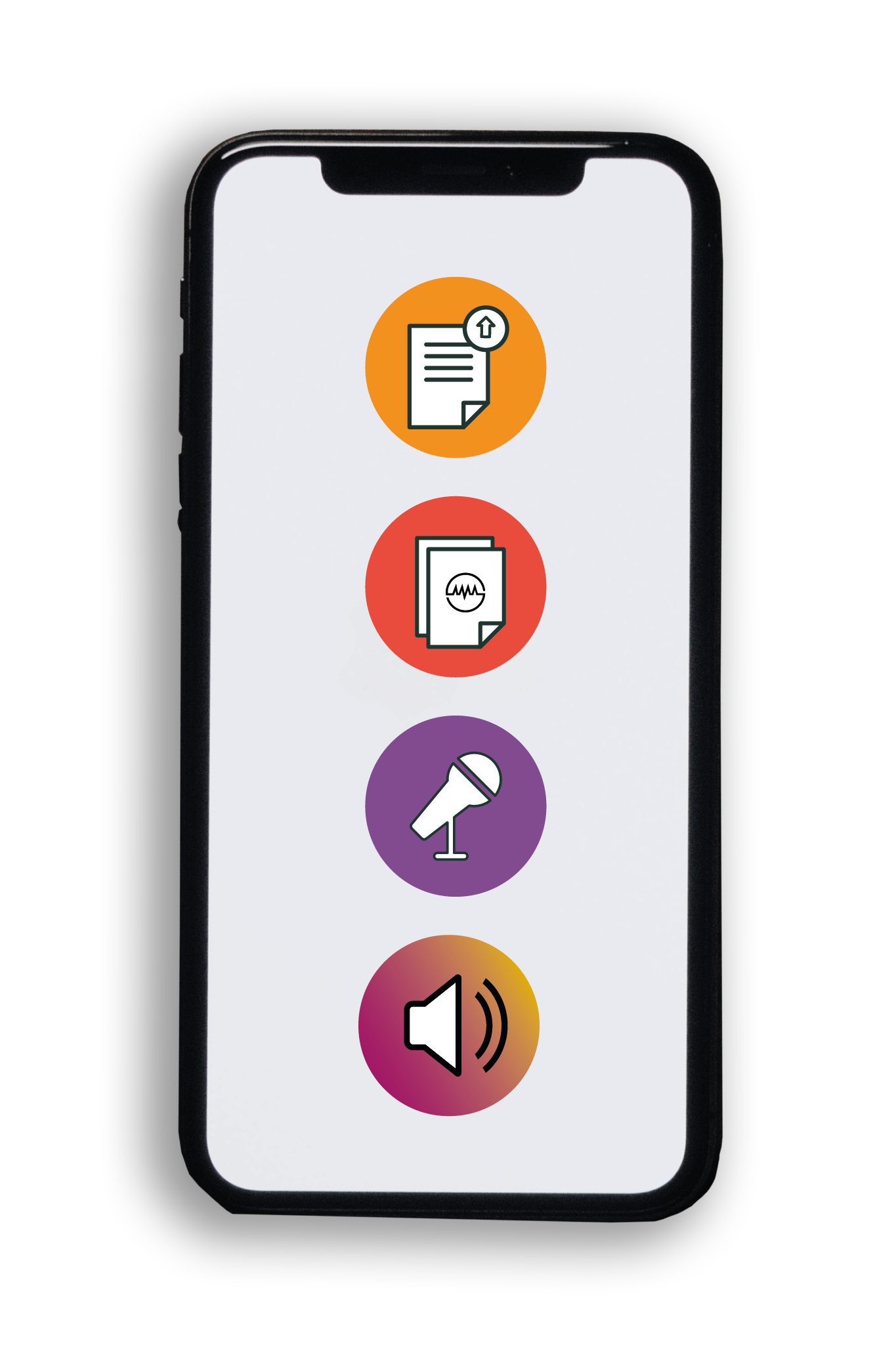Professor Gemmy Cheung – The Translational Asian Age-related Macular Degeneration Program: Improving Age-related Macular Degeneration Outcomes
Original Article Reference
This SciPod is a summary of the paper:
https://doi.org/10.33548/SCIENTIA718
Share Episode
About this episode
Age-related macular degeneration (AMD) is an increasingly common disease that causes significant visual impairment. The implications include socioeconomic burdens for individuals and the population as a whole. Working to elucidate the issues surrounding AMD is Professor Gemmy Cheung, who holds senior roles at the Singapore National Eye Centre and the Singapore Eye Research Institute. She has brought together a group of expert scientists to form the Translational Asian Age-Related Macular Degeneration Program. The team is elucidating the mechanisms behind AMD to develop novel therapies, cultivate diagnostics and develop tools to better understand the impact of the disease from patients’ perspective.
This work is licensed under a Creative Commons Attribution 4.0 International License. 
What does this mean?
Share: You can copy and redistribute the material in any medium or format
Adapt: You can change, and build upon the material for any purpose, even commercially.
Credit: You must give appropriate credit, provide a link to the license, and indicate if changes were made.
More episodes
Prof. Diana Jaalouk | Editing DNA and Degrading Proteins: The Tools to Achieve Precision Oncology
Cancer is a daunting healthcare challenge, and is still affecting millions worldwide, despite the enormous research resources that have been directed at finding effective treatments over the past decades. Many anti-cancer treatments remain poorly specific for the tumours they are intended to treat, and often suffer from modest efficacy and serious off-target effects. Part of the problem is the inherent variability between many tumours and their resulting unpredictable responses to standard chemotherapy. However, the latest advancements in precision oncology may be the start of a new paradigm, potentially providing targeted therapeutic payloads that can successfully address the specific and unique issues underlying a given patient’s cancer. Researchers such as Prof. Diana Jaalouk and her colleagues at the American University of Beirut in Lebanon are pioneering innovative tools that are changing the way we understand and treat this complex disease. Two remarkable recent technologies, CRISPR-Cas9 and PROteolysis TArgeting Chimeras (or PROTACs for short), are at the forefront of this precision revolution. While distinct in their approach, these tools share a common goal: targeting cancer with precision and minimizing harm to healthy cells. Together, they are set to reshape the therapeutic landscape.
Dr. Adeniyi Charles Adeola | Evaluating the Impact of University Chaplains: A Two-Phase Research Study
When most of us think about poultry, our minds often turn to chickens, the staple of farms and dinner tables worldwide. However, Nigeria is home to several other fascinating types of poultry beyond the humble chicken that have played significant roles in the country’s agriculture, culture, and economy. While these poultry species are firmly embedded in the Nigerian agricultural system, the history of how and when these animals came to be domesticated and where these populations originally derived from is often obscure. Recent research conducted by Dr. Adeniyi Charles Adeola of the Chinese Academy of Sciences, and colleagues, has shed new light on three often-overlooked poultry species, the Muscovy duck, the domestic pigeon, and the helmeted guinea fowl. These birds not only offer valuable genetic resources but also hold keys to food security, sustainable farming, and biodiversity conservation.
Dr. Erin Berthold | Plant-Based but Powerful: The Hidden Interactions Between Kratom and CBD
In recent years, natural products such as kratom, which derives from a Southeast Asian tree called Mitragyna speciosa, and cannabidiol (or CBD) which derives from the Cannabis plant, have gained significant popularity for their potential to relieve anxiety, manage pain, and enhance mood. While both substances are often praised by users for their plant-based origins, and are often considered safer than synthetic pharmaceuticals as a result, the scientific community is working to uncover the complexities behind how these compounds interact, not just with the human body but with each other. After all, plant-based compounds are still active, and have the same potential for benefit and harm as any drug. People who use kratom are also more likely to use CBD, meaning that they could potentially experience a drug interaction if both substances are ingested around the same time. A recent study by Dr. Erin Berthold and her colleagues at the University of Florida sheds new light on the pharmacokinetic interactions between kratom and CBD, revealing findings that are both fascinating and important for public health.
Dr. Ben Sorum | The Brain’s Hidden Switches: The Power of Ultrasound in Neural Modulation
We think of our brains as safe and secure within our skulls, and not easily influenced unless we consume a mind-altering substance, suffer a traumatic injury or undergo invasive brain surgery. However, recent research shows that our brain activity can be influenced non-invasively using nothing but sound and that this technique could have therapeutic potential. As a postdoctoral researcher at UC Berkeley, Dr. Ben Sorum began to think about these types of question while in the Lab of Dr. Stephen G. Brohawn. Now, Dr. Sorum’s current research at Cooper Medical School of Rowan University explores how ultrasound, which can be non-invasively administered from outside the brain and through the skull, can activate specialized proteins in brain cells, changing their activity. The technique, if further developed, may play a key role in the future of neuromodulation, a field with enormous potential for treating neurological disorders.
Increase the impact of your research
• Good science communication helps people make informed decisions and motivates them to take appropriate and affirmative action.
• Good science communication encourages everyday people to be scientifically literate so that they can analyse the integrity and legitimacy of information.
• Good science communication encourages people into STEM-related fields of study and employment.
• Good public science communication fosters a community around research that includes both members of the public, policymakers and scientists.
• In a recent survey, 75% of people suggested they would prefer to listen to an interesting story than read it.

Step 1 Upload your science paper
Step 2 SciPod script written
Step 3 Voice audio recorded
Step 4 SciPod published




